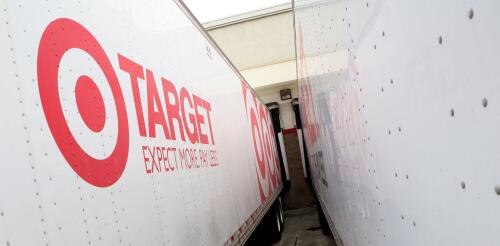Retail
Did you receive a mail-order package this week? Carriers in the U.S. shipped 64 packages for every American in 2022, so it’s quite possible. That commerce reflects the expansion of large-scale retail in recent decades, especially big-box chains like Walmart, Target, Best Buy and Home Depot that sell goods both in stores and online. This has led to the growth of distribution centers that fulfill these orders. While mail-order commerce is convenient, these centers also have harmful impacts, including traffic congestion and air and water pollution. I study environmental history, and I am part of a group of scholars examining the environmental impacts of big-box stores like Walmart, Target, REI and Bass Pro Shops. Sustainability is a hot topic in the retail sector, but my research on the history of Target – the sixth-largest retailer in the U.S. – shows how retail companies have largely escaped the kinds of environmental regulations that affect other sectors such...
Back-to-school sales are underway, and people across the country will be shopping online to fill up backpacks, lockers and closets – and they’ll be taking advantage of free returns. Making it easy for customers to return items at no cost started as a retail strategy to entice more people to shop online. But it’s getting expensive, for both retailers and the planet. In 2022, retail returns added up to more than US$800 billion in lost sales. The transportation, labor, and logistics involved raised retailers’ costs even higher. Product returns also increase pollution, greenhouse gas emissions and waste in landfills, where many returned products now end up. So how can retailers fix this problem and still provide quality customer service? We conduct research in reverse logistics, focusing primarily on the intersection of retail returns and customer behavior. Here are some insights that can help reduce the abuse of free returns and lower costs without losing...
E-commerce may make shopping more convenient, but it has a dark side that most consumers never see. Say you order an electric toothbrush and two shirts for yourself during a sale on Amazon. You unpack your order and discover that the electric toothbrush won’t charge and only one shirt fits you. So, you decide to return the unwanted shirt and the electric toothbrush. Returns like this might seem simple, and often they’re free for the consumer. But managing those returns can get costly for retailers, so much so that many returned items are simply thrown out. In 2022, returns cost retailers about US$816 billion in lost sales. That’s nearly as much as the U.S. spent on public schools and almost twice the cost of returns in 2020. The return process, with transportation and packaging, also generated about 24 million metric tons of planet-warming carbon dioxide emissions in 2022. Together, costs and emissions create a sustainability problem for retailers and the p...


